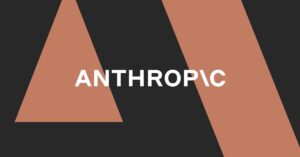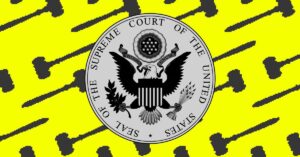
Once again, the Australian Competition and Consumer Commission (ACCC) has some good news on the NBN front, with its latest Measuring Broadband Australia report giving us some good news on shrinking congestion, affordable alternative ISPs and some solid figures on Ultrafast connection speeds (finally).
Despite the increased load due to working from home and various lockdowns, the NBN has shown the strongest performance to date, carrying on the trend from the previous ACCC Broadband report.
Providers’ services achieved between 86.8% and 99.1% of their plan speeds in the testing period (February 2021) – a slight bump up from the 85% and 98.7% figures from last report – meaning there’s never been a better time to have an NBN connection.
- NBN plans: best providers and deals at every speed
How fast is Ultrafast?
For the first time since its launch, the report has been able to reveal just how fast the typical NBN 1000 (or Ultrafast) connection is, with the other slower tiers all having fairly strong averages by this point.
“In February, consumers on Home Ultrafast NBN plans experienced average speeds between 608 and 745Mbps. Between 7-11pm, performance fell by 23 per cent on average compared with the day’s maximum,” says the ACCC.
Not only is this a good deal lower than the upper limit of 1,000Mbps, but it’s also a far more significant drop during peak period than the other speed tiers experience, and as such the ACCC is encouraging customers considering an NBN 1000 plan to “consider the value of these services relative to their normal daily usage”.
Good news for the rest of us
Another important factor brought to the surface with ACCC’s report is the significant improvement when it comes to congestion – “Overall, average download speeds were 95.7 per cent of plan speed during the busy evening hours, and 96.7 per cent during all hours of the day”.
This means there’s very little difference in typical speeds when comparing the peak 7-11pm bracket with the remainder of the day (except of course, with the NBN 1000 plans as mentioned above).
The ACCC also points out that there’s less of a difference between providers as well at this stage, with smaller ISPs that resell larger company’s services reaching speeds that are comparable with those larger providers.
The report cites Exetel as an example which saw an 8.8% improvement since last report, now delivering 98.7% of the advertised plan speed. The take home from this analysis is that you don’t need to go with huge brands like Telstra and Optus to achieve solid speeds, although there are other perks (customer support, fewer outages) that may be associated with these big players.
In another win for the average user, the ACCC states that every NBN service and provider offers a solid enough service for everyday web surfing – “the NBN access speed and retail service provider chosen by a consumer does not have a material impact on website browsing performance” – so there’s no need to fork out big bucks if you’re not a power user.





